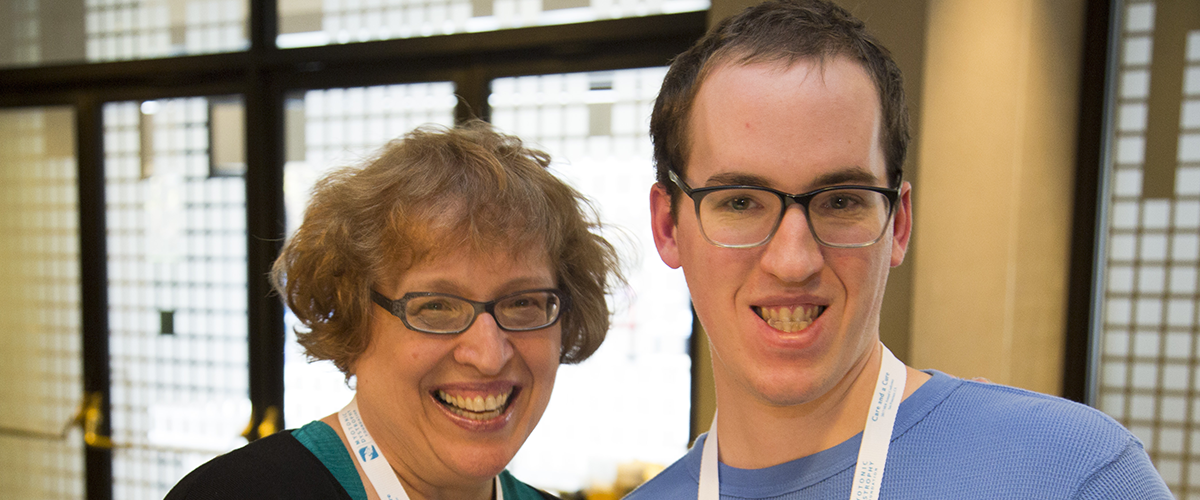DM1 (also known as Steinert's disease) is the most prevalent form of the condition and generally the most severe. This form affects at least 1 in 2,300 people worldwide or 140,000 people in the United States alone, although prevalence may be significantly under-reported. DM1 can occur from birth to old age, and is divided into further subtypes based on the age of the affected individual when symptoms first appear. Symptoms vary greatly between patients, from minor muscle pain to serious respiratory and cardiac issues. The congenital form of DM1 is the most severe version and has distinct symptoms that can be life-threatening. Below are explanations of the three DM1 subtypes that vary based on age at onset:
- Congenital: Presents potentially life-threatening issues at birth. Congenital DM1 is the most severe and earliest occurring form of myotonic dystrophy. It occurs when a mother, who often is not aware she has DM1, passes the mutation that causes DM1 onto her child. During pregnancy, she may have noticed less than normal levels of fetal activity, had a condition called hydramnios where excess amniotic fluid (edema) accumulates, or had a long, difficult labor. (In DM2, there have been no reported cases of a congenital form).
- Childhood Onset: Typically first presents with intellectual disability, and learning disabilities. After a relatively normal birth and infancy, individuals with childhood-onset DM1 develop symptoms sometime between early childhood and early adolescence. The time of onset is often dependent on the astuteness of the observer, and is typically first presents with intellectual disability, and learning disabilities.
- Adult Onset: Characterized by distal muscle weakness, atrophy, myotonia and many other multisystemic issues. With adult-onset DM1, symptoms can appear from late adolescence through old age, and usually worsen over time. Depending on severity of symptoms, patients with adult DM1 may be categorized as having either the mild or classical form of the disease. Individuals with the mild form of adult-onset DM1 are often not aware they have the disorder. Muscle symptoms (if any) may be attributed to general stiffness or arthritis. Non-muscle symptoms tend to be moderate and are often diagnosed and treated as independent issues (e.g., cataracts or frontal balding in men).These individuals are unlikely to be diagnosed as having myotonic dystrophy unless a family member is identified with a more severe form of the disease and testing is initiated.

